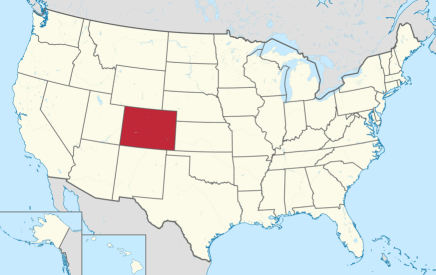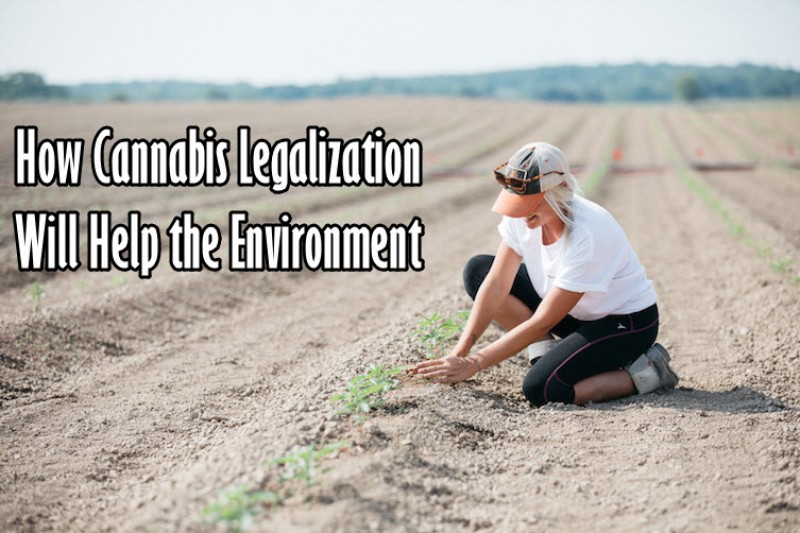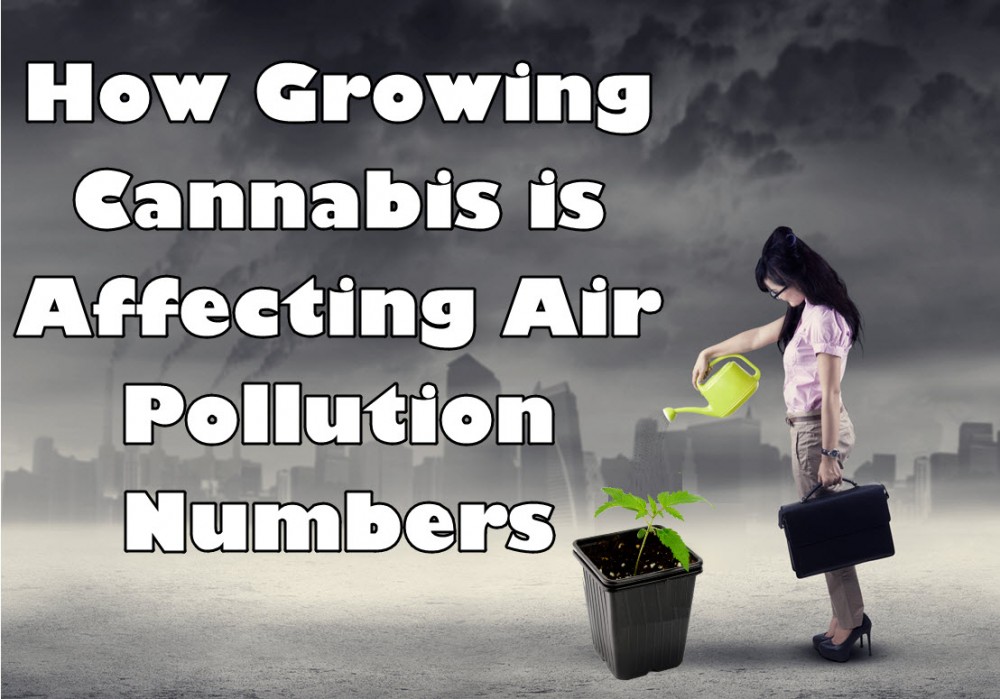Why Legalizing Marijuana Will Benefit The Environment
Legalizing Marijuana Will Help The Environment from CannabisNet on Vimeo.
The state of the environment is already a burning issue, but legalization can bring about significant benefits for the planet.
Behind all the policy debates on how legalization benefits health and economics, there is an elephant in the room that is going up in smoke: the environmental impacts of cultivating marijuana.
If legalization remains hazy, these negative impacts will be have an even worse impact on the environment.

Legalization Will Give The Environment A Good Buzz
If marijuana becomes completely legal, this will mean that we could actually use regulations to govern the proper safe way of marijuana cultivation with the purpose of mitigating its harmful effects on the environment. The black market is still a thriving trade particularly in California where an estimated 70% of America’s pot is grown thanks to its mild seasons which result in lush growth although. Marijuana farmers have flocked to the state because of the prospect of earning more, but the land is already severely feeling the impact. There is a chance that the weed you are smoking right now comes from California, and even from the sensitive watershed areas where most of the state’s black markets are located which actually threaten wildlife and biodiversity.
A vast majority of marijuana growers don’t even obtain the state permits needed to divert water.
Since a single marijuana plant needs as much as 6 gallons of water a day (twice the amount needed by grapes), they resort to getting their supply from streams which are home to dozens of threatened fish species.
Legalization would mean that it would be acceptable for marijuana to be produced in the open, thereby eliminating the need to resort to illegal and unethical cultivation methods. Growers will no longer need to use up energy resources just to keep their indoor operations alive because of excessive artificial light use. Pot can be grown outdoors openly, allowing the sun to naturally provide them with the sunlight that it needs to survive. However, indoor cultivation requires the use of high intensity 1,000 watt light bulbs. These bulbs produce too much heat which then has to be removed by means of ventilation systems and air conditioners. But while marijuana is already notorious for energy consumption, some states only experience 2 seasons, so they really have no choice.
Illegal marijuana growers who cultivate on private land are hitting the environment with blunt force. Vegetation in forests are cleared to create space for marijuana growth, and oftentimes they end up bulldozing the soil into streams. Add to that the fact that fertilizer use is rampant for non-organic cannabis and you have a complete environmental disaster no matter which wayyou look at the issue.Illegal cultivation ruins the soil, uses up too much water and electricity, pollutes the environment and living creatures because of pesticides, and threatens wildlife.
The harsh truth is that we are enjoying Mary Jane at the expense of Mother Earth. Energy consumption from indoor cultivation, illegally growing marijuana in sensitive ecosystems, limited water resources for a water-hungry plant, and transporting pesticides are all part of the reason why it is high time for legalization.

Meanwhile, In Colorado…
In the quest to mitigate climate change, there are more technologies available than ever before that are designed to reduce energy consumption, some by as much as 50%. These innovations in ventilation, lighting, and dehumidification are adopted by an increasing number of Coloradans who have resorted to home growing.
The county government of Boulder also got involved. In 2015, licensed cannabis growers are required to use only 100% sustainable and renewable energy for powering their cultivation operations. Although many growers are unable to comply with these rules due to financial limitations, inadequate space, and the sheer amount of energy needed, the county responded by creating an energy impact offset fund, which works by requiring cannabis growers to make a payment into the fund if they cannot use renewable energy in their activities. Part of the fund also mandates each grower to install real-time energy monitoring devices so energy use can be observed. In exchange for the payment, a majority of the money in the fund is used to educate growers about how they can conserve energy in their operations.
Marijuana growers in Colorado can also benefit from a rebate program by Xcel Energy, a utility company that offers rebates when businesses turn to energy efficient solutions. While Xcel Energy wasn’t built to specifically cater to cannabis operations, its rebate program is available for any other business that is energy-intensive.
It is still good to know that slowly, both consumers and growers are demanding more environmentally friendly products and solutions. But while marijuana and hemp are still not recognized as a legal crop by the US Government, cannabis products are unable to receive the “organic” label from the USDA which means that unlike other crops, pot can’t be regulated with the same standards as other crops.
This Also Might Interest You
CLICK HERE TO READ HOW HEMP CAN HELP THE SAVE OUR PLANET
OR...

WHY YOU NEED TO SWITCH TO ORGANIC CANNABIS RIGHT NOW..CLICK HERE..
OR..
MARIJUANA CARBON EMISSIONS, CLICK HERE.









